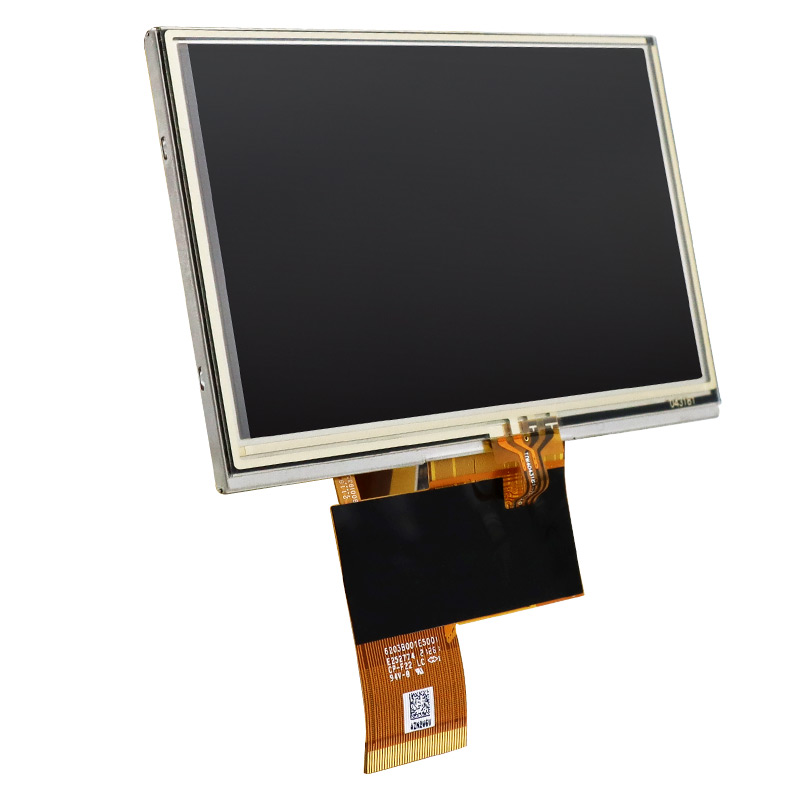
With the development of technology, touch screens have been widely used in various devices.
Among them, liquid crystal display (LCD) and resistive touch screen are two common types of technologies.
So, what are the differences between LCD screens and resistive touch screens?
Let's learn about liquid crystal displays (LCDs).
It is a passive display device that requires external light sources for illumination.
Its working principle is to place liquid crystal material between two parallel glass plates, and control the arrangement direction of liquid crystal molecules through voltage, thereby achieving control over light.
LCD screens have the characteristics of high resolution, low energy consumption, and thinness, and are widely used in devices such as televisions, computer monitors, and mobile phones.
A resistive touch screen is a touch device that detects touch position by applying pressure to the touch surface.
It consists of two layers of transparent conductive thin films, with an insulation layer between them.
When fingers or other objects touch the screen, pressure is generated between the two layers of film, causing them to come into contact and form a circuit, thereby detecting the touch position.
The resistive touch screen has the characteristics of simple structure, low cost, and strong anti-interference ability, making it suitable for applications that require simple touch functions.
The difference between LCD screens and resistive touch screens is mainly reflected in the following aspects:
1. Display method: LCD display screen is a passive display device that requires external light sources for illumination; A resistive touch screen is a touch device that detects touch position by applying pressure.
2. Working principle: The liquid crystal display screen controls the light by controlling the arrangement direction of liquid crystal molecules; The resistive touch screen, on the other hand, determines the touch position by detecting the pressure changes between two layers of conductive film.
3. Application field: LCD screens are widely used in devices such as televisions, computer monitors, and mobile phones; The resistive touch screen is suitable for applications that require simple touch functions, such as industrial control systems, medical equipment, etc.
4. Performance characteristics: LCD display screens have the characteristics of high resolution, low energy consumption, and lightweight; The resistive touch screen has the characteristics of simple structure, low cost, and strong anti-interference ability.
There are significant differences between LCD screens and resistive touch screens in terms of working principles, display methods, and application fields.
Users should choose the appropriate product type based on their actual needs and usage scenarios when selecting a touch screen.

